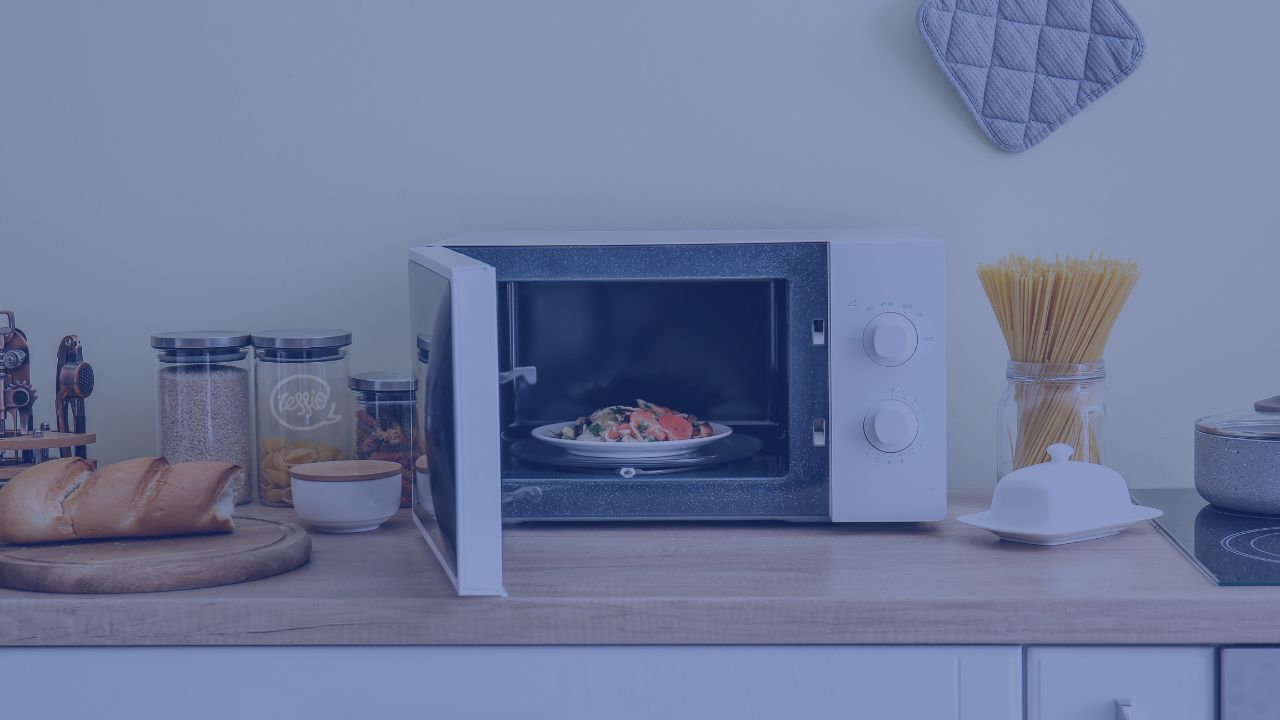
No Metal in the Microwave: Lessons for the Inner Child and the Parent Within
No Metal in the Microwave: Lessons for the Inner Child and the Parent Within We all know the rule: no metal

Our Co-founders, Sapna Srivastava and Mandi Roarke sat down with therapist and friend, Kendall Campbell, LMFT, to understand more about addiction and here’s what we learned!
So what is addiction? Broadly defined, there are two kinds:
No matter the type, the bottom line is that addiction is something that is extended beyond the realm of one’s control. Although these substances and acts are all natural and normal, the problem arises when the individual’s need to engage with them increases. Being able to identify an addiction is extremely difficult, but there’s an easy way to understand if addictive behaviors may be present. Normally, when we attempt to make a change and we fail, there is a reason behind it. These reasons could range anywhere from burnout, lack of research, or any other reason under the sun, but when it comes to addiction, there is one reason we can’t commit: the sheer concept of giving it up just seems unmanagable. This is not because the individual doesn’t care to change their habit or doesn’t want to even try, but because changing the issue is going to take more than just themselves. It is going to take something larger.
The concept of addiction becomes extremely important when we start to notice how it impacts other areas of our lives. When this desire to satisfy a need begins to bleed into our relationships, education, occupation, family life, etc., and we are unsuccessful at quitting, this is when it may be helpful to seek professional support and assistance.. It is also important to understand why context matters and how it can actually be extremely helpful in assessing need for professional support . For example, when someone is drinking with friends and has ten beers while everyone else is having two, they may think to themselves “it’s okay because everyone else is drinking”. The issue may become easily blurred because we are in an environment where no one may notice the issue, but when we actually take ourselves out of that context and the problem still stands, this is when change must occur.
Normally, when someone is the victim of addiction, it is extremely difficult to see the problem no matter how many red flags there may be. Because the individual may be incapable of seeing a need for change, most of the time a loved one must initiate the efforts, which can go one of two ways:
Confronting the issue involves the start of an often difficult and challenging journey. It is important to understand that there is not always going to be a resolution, and that the first conversation is just the beginning. After the conversation occurs, it is completely okay and normal to have to sit in an uncomfortable space and soak it all in. Although the entire situation may be awkward, keep in mind the reasons why you are putting in this effort, and how the difficulty of facing the issue brings you one step closer to supporting your loved one and your relatonship(s). After this discussion is had, the next step is to find help, which can sometimes be difficult if you don’t know where to look. There are many different ways to overcome addiction and many different resources to choose from, including:
Finding help after treatment is equally as important as the treatment itself. There are many different resources such as sober living, recovery coaches, sponsors, and therapists to help the individuals and their families work through this difficult time. Even though the world of the individual facing the addiction may have stopped, others’ lives did not. Leaving recovery centers and coming home can be difficult, so finding that balance and utilizing resources is critical to get back to a normal life.
Visit our Partner, Kendall Campbell, LMFT, who specializes in working with individuals and couples struggling with addiction: https://zessio.com/kendall-campbell/

No Metal in the Microwave: Lessons for the Inner Child and the Parent Within We all know the rule: no metal

Attunement Over Accounting: Meeting Your Partner Where It Matters In the rhythm of everyday life, connection can quietly become background
There was a problem reporting this post.
Please confirm you want to block this member.
You will no longer be able to:
Please allow a few minutes for this process to complete.